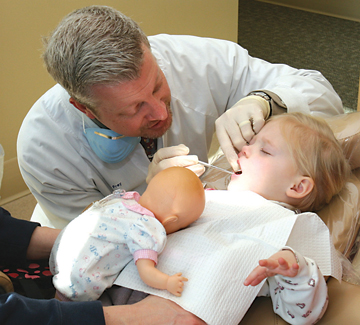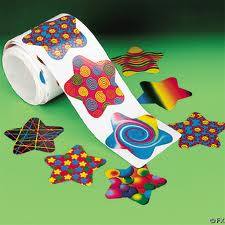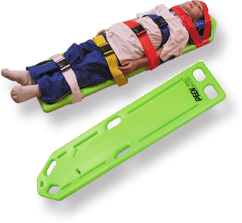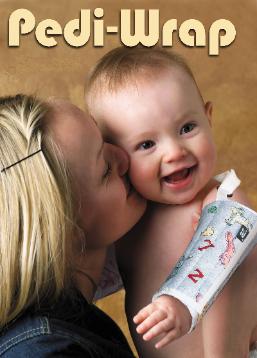 Non pharmacological management of children s dental in the dental surgery
Non pharmacological management of children s dental in the dental surgery
Non pharmacological means without the use of any drugs or medicine to manage or control a child’s behavior in the dental surgery so that dental treatment can be done. Most pediatric dentist will use this common method on your children. The method of using drugs or pharmacological methods are usually reserved for those really anxious or extremely uncontrollable children. A useful example would be the use of nitrous oxide in Pediatric dental clinics. Although it was not very popular 10 years ago, it is a commonly practiced now.
The non pharmacological method is broadly divided into 3 tpyes:
- Communication
- Behavior shaping ( Modification )
- Behavior Management
Communication
This section comprises the most fundamental form of behavior management for dental pediatrics.
This is the way the pediatric dentist gets his message across to the child. There are two types of communication, first verbal communication like speech. Second, non verbal communication like body language, smiling and eye contact.
So how does a pediatric dentist communicate with the child?
- The child would be ensured that him her or is feeling comfortable or relaxed.
- The pediatric dentist would use pleasant words so that the child would feel less scared.
- Complementing the child.
- It is useful to also talk to the child at eye level and talk to him directly using simple language.
Behavior shaping (Modification)
Methods of behavior shaping used by the pediatric dentist :
Desensitization:
This method is executed by the childrens dentist when he teaches the child competing responses such as relaxation when the stress gets more. And than introducing more progressively threatening stimuli.
An example is the Tell Show Do technique by Addleston 1959
Using this technique, the childs dentist tells and show every step that he is about to do to the young patient, so that he or she feel less fear as they know what is going to happen next.
Modeling :
The modeling technique was first introduced by Albert Bandura1969
This technique allows the child to observe one or more individuals who demonstrate positive behavior in a particular situation. This modeling can be done by live models like a parent or a sibling. If a live model is not available filmed models like videos or posters can also be used as a demonstration.
 Contingency Management :
Contingency Management :
This is method modifies a child’s behavior by presenting or withdrawing reinforcement’s.
Types of reinforcements can be :
Social: praises, positive facial expression, shaking the head, patting the back or holding the child’s hand.
Material: toys, games or stickers.
Activity reinforce rs : Involving the child in some activity like watching tv.
Behavior Management
Audio Analgesia
Audio analgesia or white noise is a method of reducing pain in young patients. Pleasant music has been used to reduce stress and also reduce the reaction to pain.
Voice Control
The modification of the intensity or pitch one’s voice dominates the interaction between the pediatric dentist and the child. The tone of voice can change from gentle to firm. To show the child that this is a serious matter.
 Aversive conditioning
Aversive conditioning
Aversive conditioning consist of the HOME (Hand over mouth exercise) method and physical restraints.
HOME, the purpose of HOME is to gain attention of the child so that communication can be achieved. HOME is usually indicated for a healthy child who can understand but exhibit defiant or hysterical behavior during treatment. Usually applied for 3 to 6 year old children, which usually by than can understand simple verbal commands.
HOME should not be used for children under 3 years of age, handicapped, immature and frightened children.
Before using this method, the dentist should definitely obtain the consent of the parent before carrying out the HOMEÂ exercise. Some parents get a shock when they suddenly see the dentist placing his or her hand over their child’s mouth. Their first thought is that the dentist has lost his or her mind and that the dentist is not professional. So bear in mind this is a legitimate and effective method used by dentist to control children.
Another part of aversive conditioning is Physical restraints. It might sound crazy or overboard, but some children require physical restraint to ensure that the dentist can carry out their jobs safely and effectively. This is the last resort used for handling uncooperative children or handicapped children. It involves the restriction of movement of the child’s head, hands, feet or body.
 Types of restraint for the body :
Types of restraint for the body :
- pedi wrap
- papoose board
- sheets
- beanbag with straps
- towels and tapes
Types of restraint for the head :
- head positioner
- mouth blocks
- banded tongue blades
- mouth props
Pingback: Tweets that mention Ever wonder how a dentist is so good at managing children ? | Intelligent Dental -- Topsy.com
To be honest, I didn’t see any difference when we took Manuel to a pediatric dentist. Is there a specific license for pediatric dentists?
Pingback: How to stop snoring at night naturally ? | Intelligent Dental